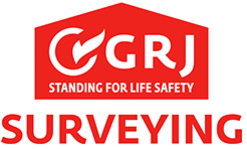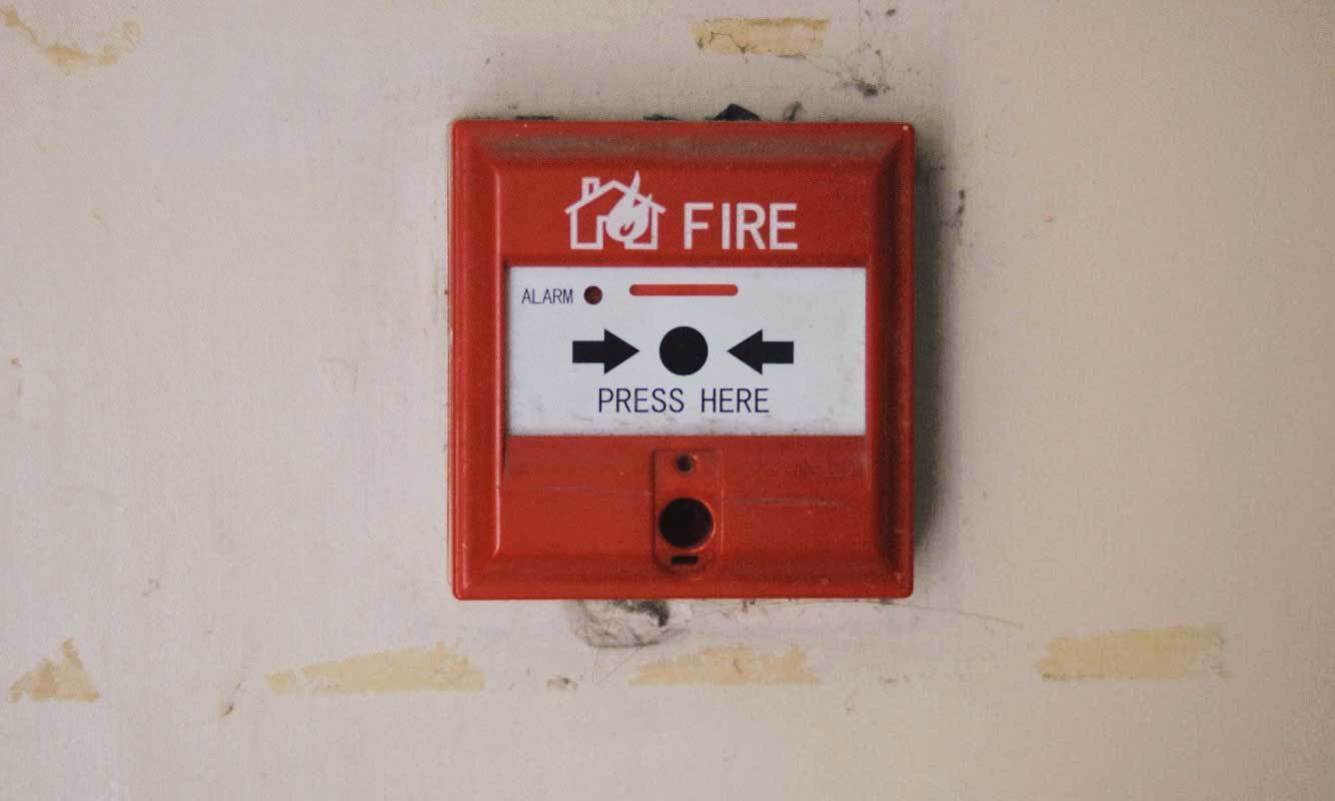What is an Active and Passive Fire Protection System?
Posted on 15th December 2021
Safety in your home or workplace is of the highest importance, yet it’s so easily taken for granted. A fire can have absolutely devastating impacts, so it’s natural to want to know that your family, property, and possessions are protected in the event of a fire. It’s not only human instinct, however, as businesses and landlords are required by law to put the relevant fire safety measurements in place.
If you’re in the process of researching fire protection services for your business, it’s likely that you’ve come across the terms passive and active fire protection. Many of us however may be left wondering what is active and passive protection systems?
The purpose of this blog is to look into both passive and active fire protection systems and discuss the differences between the two.
What is an Active and Passive Fire Protection System? - A Brief Summary
To put it simply, active fire protection is about detecting, stopping, and escaping fire, while passive fire protection means containing the fire and preventing it from spreading across the building as well as protecting structural elements of the building preventing collapse.
Generally, you need to have both an active and a passive fire safety system in place to prevent, detect, alert, restrict and potentially suppress an expanding fire. Both systems work simultaneously with each other, so it’s not a case of one system being better than the other.
What is Passive Fire Protection?
Many business owners may have heard of but be left wondering what is passive fire protection? Passive fire protection aims to prevent a fire from spreading throughout the building before the fire actually starts. While it doesn’t necessarily require intervention in the event of a fire, it’s a vital element of the building’s fire safety strategy so it does need to be correctly installed and used.
Its role is predominantly to protect people, as well as to limit damage to buildings and the items inside them from fire and smoke.
There are a number of passive fire protection products that can be incorporated into your overall fire safety strategy. A few examples of that are:
Fire stopping – fire resistant materials including mineral fibre batts and intumescent mastics installed to seal openings and service penetrations breaching fire compartment boundaries preventing fire from transferring between fire compartments.
Intumescent coatings – spray or hand applied fire resistant paint to protect structural steel frameworks and supporting steel elements from fire preventing structural damage and collapse.
Fire doors – a fire door inside the building can help prevent the spread of fire and smoke allowing more time to evacuate everyone.
Fire curtains – a discrete, secure, and economical alternative to a fire door, fire curtains are also able to slow the spread of fire.
Fire barriers – ensures that all the walls, floors and ceilings are fire resistant to help with restricting the size and spread of a fire.
Fire and smoke dampers – usually installed where ventilation, air conditioning or heating system ducts pass through the floors and walls and can limit the spread of fire. They can be linked to an activate systema and enabled though it.
Ongoing maintenance and regular testing of your passive fire systems is crucial for keeping your team, office, and possessions safe in case of a fire.
What is Active Fire Protection?
Active fire protection requires action to be taken to detect, alert, stop or contain a fire once it has begun. It might involve a person taking an action such as using a fire extinguisher, or it could be a smoke detector that triggers an alarm or an automatic sprinkler system. Both digital and automated systems are considered active forms of fire protection as well.
Some products that are included in active fire protection systems are:
Fire extinguishers – there are several different types of fire extinguisher that are designed for use on the different types of fires. Training is essential in order to learn how to use fire extinguishers properly.
Fire alarm systems – designed to detect fires early to allow occupants enough time to safely evacuate. Fire alarm systems should be well-maintained to ensure they work correctly.
Smoke ventilation – keeps corridors and stair-wells free of smoke by allowing it to escape from the building.
Emergency Voice Communication Systems (EVCS) – secure bidirectional duplex voice communication system that can help the fire services in large or high-rise buildings.
Fire suppression and sprinkler systems – usually contain water mist, CO2, or inert gases that when activated, release these fluids onto the fire.
Emergency escape lighting – triggered automatically and used in the event of power failure to illuminate the emergency exits.
Disabled refuge areas – essential for assisting people with impaired mobility and disabled people evacuate in case of an emergency.
Public address voice alarms – also known as a PA system or tannoy, they play both live and pre-recorded messages during an evacuation or in the event of an emergency.
Dry and wet risers – consists of valves and pipework that help fire services to pump water to a specific floor of a multi-storey building.
•Fire hose reels – can be used by the fire services or trained individuals to contain spreading fires. It is important to have the correct flow rate and water pressure for them to work to their full capability.
Fire hydrants – used by the local Fire and Rescue Services to access water from the main water supply to put out fires.
Just like passive fire protection services, active fire protection components need to be installed by a professionally trained engineer and have regular maintenance and tests to ensure that it works properly in case of an emergency. A poorly maintained fire protection system is about as useful as no protection at all.
Summary: Active vs Passive Fire Protection
In summary:
Both active and passive fire protection are essential to keeping your building and its contents safe in the event of a fire, including both staff and possessions.
Although they play different roles, they ultimately work together to prevent fires and stop them from spreading out of control, as well as assist the emergency services where possible.
Professional installation and maintenance of all fire safety equipment is of the highest importance and should be performed only by certified specialists.
The process of fire protection surveying includes identifying all hazards and evaluating the risks for any occupants, taking into account the efficiency of already existing fire safety measures, and deciding whether or not the risk is acceptable. Fire risk assessment should be carried out by a qualified expert, all significant findings should also be adequately documented.
Now that you have learned what is an active and passive fire protection system, you can feel at ease when it comes to choosing the ideal fire prevention service for your business. If you do need to consult a professional for further advice, GRJ Contracting is here for you. Contact us for leading and trustworthy advice to help you keep your staff, visitors, and property safe in the event of a fire.
REQUEST A QUOTE
For more information about our services, please fill in the form below and a member of our team will be in touch.
Tagged as: Passive Fire Protection
Share this post:
















